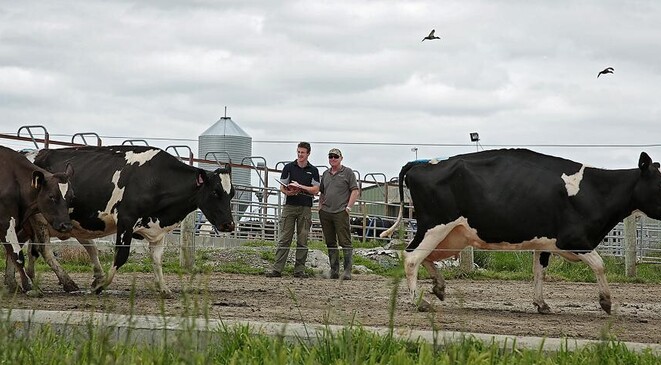Lameness is one of the major animal health issues on dairy farms in New Zealand. There are large losses in productivity due to lameness. Researchers have placed the cost anywhere between $200 and $450/case depending on the disease, time taken to treatment, time of lactation and milk pay-out. Simply speaking, lame cows eat less, and therefore produce less and have a poorer reproductive performance compared to cows who do not get lame. Then there are the cows that need euthanasia as they cannot fully recover, and the costs of treatment.
Lameness is also a very visual animal welfare concern especially if the time from getting lame to correct treatment has taken too long. If not managed correctly lameness can lead to MPI cases on individual farms and also damage the national and international reputation of our dairy industry.
Identifying and Treating Lameness
To combat the lameness issue farm managers and owners need a plan to deal with it. This usually comprises training staff to identify lame cows, educating them on correct treatment and prevention.
A survey done a number of years ago worked out that the average farmer was taking 16 days from when a cow first becomes lame to identifying her and treating her. This shows the importance of training your staff on identifying a lame cow and then the procedures that need to take place in order to remedy her lameness. By taking this action but also setting the expectation that lame cows are picked up on day one or two of becoming lame, and correctly treating them as soon as possible, ensures cows have the best chance of recovery, limiting any productivity and welfare concerns there are with the disease.
I’m a big believer in setting people up to succeed. If our expectation is for staff to treat lame cows we have to ensure they have safe handling facilities for both themselves and the cow. That they can identify what disease is causing the lameness and then know how to fix it. Staff need to be confident and competent on how to do this. They also need access to good equipment. In particular sharp knives and an efficient reliable way to get and keep their knives sharp. A sharp knife makes the job 10 times safer, easier and more enjoyable.
Prevention of lameness
Prevention of lameness is difficult. The industry has been telling a consistent message on prevention for many years but the incidence of lameness is not getting any less.
White line lameness
The major risk factor for white line lameness (our main type) in New Zealand is the distance walked each day. The more walking cows have to do the thinner their soles and therefore the greater the risk. By reducing the distance walked you will lower your risk of white line disease. At certain times of the season, this can be achieved. For example cutting silage from the far paddocks, making an OAD herd and getting them to graze the furthest paddocks.
Anecdotally, mats on the yard have reduced lameness on some farms. It seems the best value for money is the area closest to the entrance to the dairy.
As always good cow flow and patient staff will reduce your lameness risk. All staff need to be on the same page including relief-milkers. The milking routine needs to be the same, whoever is milking.
Training and Prevention Plans
VetSouth vets have done a lot of work with staff on identifying lame cows, treating lame cows and also setting up prevention plans for individual farms. Talk to your KeyVet for more information and keep your eyes peeled for our annual Winter Workshops.
- Hayden Dore

